I made a random graph, and tried to use SciPy curve_fit to fit the best curve to the plot, but it fails.
First, I generated a random exponential decay graph, where A, w, T2 are randomly generated using numpy:
def expDec(t, A, w, T2):
return A * np.cos(w * t) * (2.718**(-t / T2))
Now I have SciPy guess the best fit curve:
t = x['Input'].values
hr = x['Output'].values
c, cov = curve_fit(bpm, t, hr)
Then I plot the curve
for i in range(n):
y[i] = bpm(x['Input'][i], c[0], c[1], c[2])
plt.plot(x['Input'], x['Output'])
plt.plot(x['Input'], y)
That's it. Here's how bad the fit looks:
If anyone can help, that would be great.
MWE (Also available interactively here)
import matplotlib.pyplot as plt
import numpy as np
import pandas as pd
from scipy.optimize import curve_fit
inputs = []
outputs = []
# THIS GIVES THE DOMAIN
dom = np.linspace(-5, 5, 100)
# FUNCTION & PARAMETERS (RANDOMLY SELECTED)
A = np.random.uniform(3, 6)
w = np.random.uniform(3, 6)
T2 = np.random.uniform(3, 6)
y = A * np.cos(w * dom) * (2.718**(-dom / T2))
# DEFINES EXPONENTIAL DECAY FUNCTION
def expDec(t, A, w, T2):
return A * np.cos(w * t) * (2.718**(-t / T2))
# SETS UP FIGURE FOR PLOTTING
fig = plt.figure()
ax = fig.add_subplot(1, 1, 1)
# PLOTS THE FUNCTION
plt.plot(dom, y, 'r')
# SHOW THE PLOT
plt.show()
for i in range(-9, 10):
inputs.append(i)
outputs.append(expDec(i, A, w, T2))
# PUT IT DIRECTLY IN A PANDAS DATAFRAME
points = {'Input': inputs, 'Output': outputs}
x = pd.DataFrame(points, columns = ['Input', 'Output'])
# FUNCTION WHOSE PARAMETERS PROGRAM SHOULD BE GUESSING
def bpm(t, A, w, T2):
return A * np.cos(w * t) * (2.718**(-t / T2))
# INPUT & OUTPUTS
t = x['Input'].values
hr = x['Output'].values
# USE SCIPY CURVE FIT TO USE NONLINEAR LEAST SQUARES TO FIND BEST PARAMETERS. TRY 1000 TIMES BEFORE STOPPING.
constants = curve_fit(bpm, t, hr, maxfev=1000)
# GET CONSTANTS FROM CURVE_FIT
A_fit = constants[0][0]
w_fit = constants[0][1]
T2_fit = constants[0][2]
# CREATE ARRAY TO HOLD FITTED OUTPUT
fit = []
# APPEND OUTPUT TO FIT=[] ARRAY
for i in range(-9,10):
fit.append(bpm(i, A_fit, w_fit, T2_fit))
# PLOTS BEST PARAMETERS
plt.plot(x['Input'], x['Output'])
plt.plot(x['Input'], fit, "ro-")
